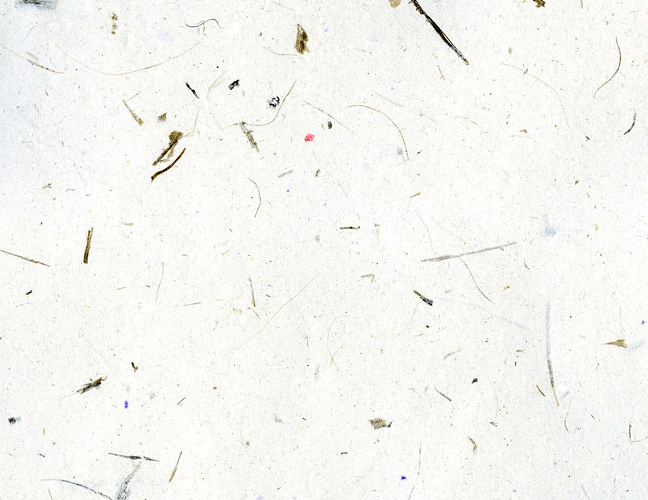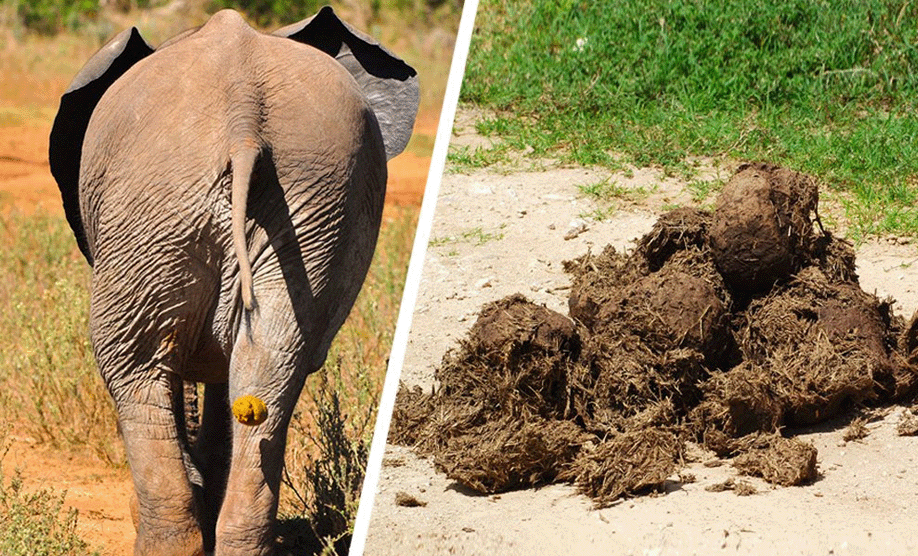The Elephant dung paper used in our A5 Recycled plastic notebooks is an amazing and unique product. Firstly, It helps create income for many different people in Sri Lanka. From dung collection through to the handmade production press by our artisans. It also aims to solve, in part, the the human vs. elephant conflict which is increasingly putting pressure on elephants as they encroach on the ever-expanding agricultural needs of humans.
Our recycled elephant dung paper is handcrafted, tree-free, eco-friendly and odourless (of course!)! This beautiful paper is amazing to write or draw on, and you know with every page you are not only saving trees from being cut down, but you are actively helping to conserve the elephant population.
Elephant Dung Paper is handmade using a combination of elephant dung and post-consumer wastepaper. With a chlorine and acid free hand making process – the final paper is incredibly sustainable and critically helps to protect the elephant population.

Sample of Elephant Dung (poo) Paper
Elephants are herbivores and enjoy a highly fibrous diets of bamboo, sugar cane, grasses, banana trees, leaves, twigs, fruits and/or various other plants and vegetation. And unfortunately, often sourced from farmers lands and their valuable crops. Elephants also have an inefficient digestive system, so they don’t completely digest and breakdown all the fibres that they eat. This results in a significant amount of fibres remaining intact when these animals make a deposit. If you are unsure just google ‘elephant dung’ and you will get the picture!
The Process of Elephant Dung to Notebook Paper
1. Collection
Elephant dung is collected from many elephant sanctuaries, plantations and the farmlands of Sri Lanka. Not only is the removal of the dung from elephant sanctuaries useful but all people involved in the collection phase earn an income.
2. Cleaning
Cleaning and boiling is an important stage in the handmade paper process and it is a chemical free process; so no chlorine or bleach is used! We then remove all non-fibre material such as dirt, pebbles and other hard elements. These fibres are then boiled to a pulp for a number of hours to help soften the remaining fibres.
3. Mixing
The now clean elephant dung fibres are then mixed with our post-consumer wastepaper to transform it from a raw pulp into a stringy, cellulose-filled mix.
4. Screening
Is the age-old process making the actual paper using a framed screen. Invented by the Chinese thousands of years ago – our process has not changed a great deal. The pulp is poured into a framed screen and the artisan papermaker catches the pulp fibres with the screen and manually spreads the fibre across the surface. Once the fibres are spread evenly and any small particles are removed by hand – the screen is place in the sunlight to dry naturally.
5. Drying & Cutting
The screens are left to dry in the sun for several hours until ready, and they are then removed from the screens. These law sheets of paper and then cut into the required size for the Tovi notebooks.
The elephant dung paper used Tovi Recycled Plastic Notebooks is the perfect paper as it provides a beautiful, hand-crafted page to take notes or to draw on; and with every page it reminds you how an thoughtful purchase can help people, the planet and in this case elephants directly.
